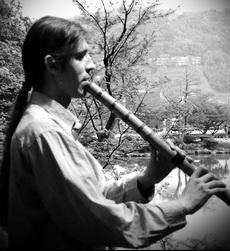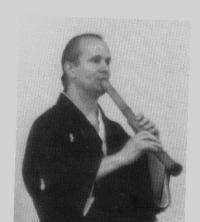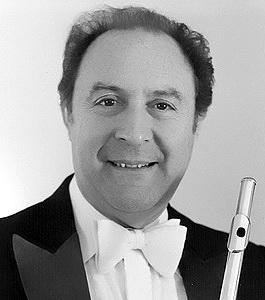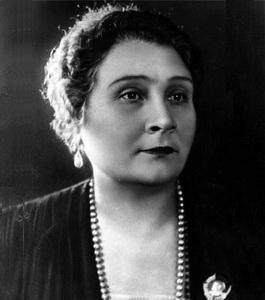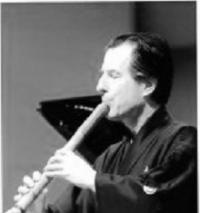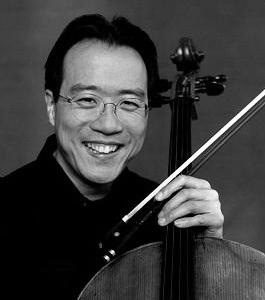| |
Show records by: listenings count | performer's rating | alphabetical
`Heko-no Uta` ïåñíîïåíèÿ ãèíúýé
November 9, 2009 at the House of Music & Hagakure-Hidden in the foliage& . Samurai chants and sword dances. Ensemble& Tsurugi& . The part of shakuhachi is performed by Alexander Ivashin. & Song about young samurai& .
`¨áèòàêý è Óêýòàêý ` äëÿ ôëåéòû
Call and response together.
Choshi or Shirabe Intended to warm the shakuhachi`s bamboo and to harmonize the spirits of the player and the instrument.
Narita: Hamabe No Uta (Song of the Beach)
`Óêýòàêý` äëÿ ôëåéòû
Accepting the bamboo.
`¨áèòàêý` äëÿ ôëåéòû
The Call of the Bamboo. A ritual piece intended for occasions such as when komuso monks met while traveling. The second komuso was to respond by performing the piece `Uketake` (taking the bamboo).
Neko No Yomeiri- Jean-Pierre Rampal, flute; Shinichi Yuize, 1st koto, Utae Uno, 2nd koto; Yasuko Nakashima, bass koto.
Cherry (“Oh, what an aroma fills the garden at night”) (Japanese folk song, arrangement by K. Yamada Yamada). Sl. folk, translation by I. Polyakovsky. O. D. Boshnyakovich (piano). Recorded July 5, 1960
Oharabushi Jean-Pierre Rampal, flute; Shinuchi Yuize, 1st koto; Utae Uno, 2nd koto; Yasuko Makashima, bass koto.
Zangetsu
Yamato Ensemble: Richard Stagg, shakuhachi; Aiko Hasegawa and Kikuko Satoh, koto, shamisen, voice. Arranged by Minezaki Koto (1750-1805). Recorded in June 1993, Tokyo.
Shika no Tone - Yamato Ensemble: Richard Stagg, shakuhachi; Aiko Hasegawa, Kikuko Satoh, koto, shamisen, voice. Arranged by Kurosawa Kinko (1710-1770). Recorded in June 1993, Tokyo.
Matsukaze (Âåòåð â ñîñíàõ)
Zui-Zui-Zukkorobashi
Pro Musica Nipponia. Cond. - Michio Mamiya. Recorded in Japan, November 25 & 26, 1983.
Sakura. Recorded: April 1961, Vienna.
Sakura. Instrumental-Vereinigung. Recorded: July 1962, Munich.
|
|

